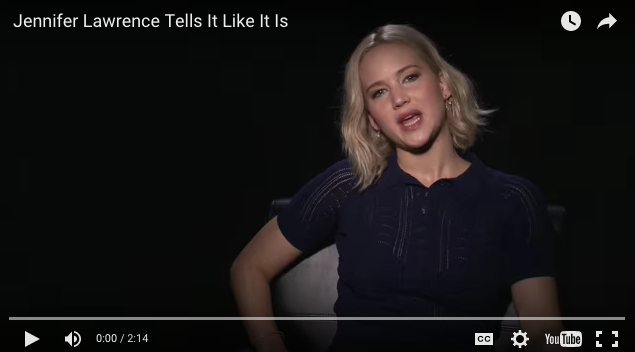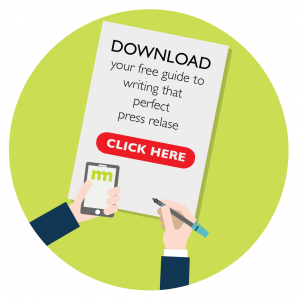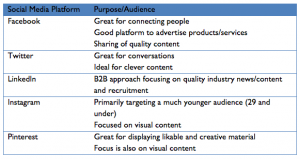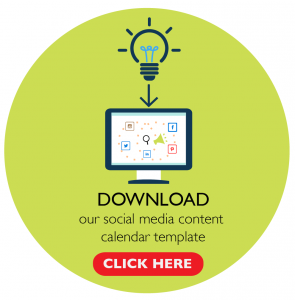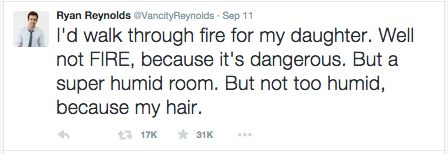The concept of personal branding has been thrown around the web a fair bit in the last few years. But how much do we actually know about it? What does it mean? Why would someone need it? And how do we create it?
Put simply, your personal brand is how others view you and what they associate you with. Think about your favourite (or least favourite) celebrity, and then ask yourself why you like them. Or, why do you dislike them? Essentially, it all comes down to the image and aspects of their lives that they put forward for us to see. In the celebrity world, personal branding is a very strategic game –their brand is how they get work and become successful. We could all learn a thing or two from them.
My personal favourites include Jennifer Lawrence and David Beckham.
Over the past 12 months, Jennifer Lawrence’s profile and career has simply skyrocketed. With leading roles in some of Hollywood’s top blockbusters, Ms Lawrence is the talk of Tinsletown. She has worked so hard to create this lovable, girl-next door image for herself. She loves pizza, she loves wine and is just an all-round cool chick… an ideal friend. We feel we can relate to her on a deeper level, and as well as her killer acting skills, she is an absolute delight in interviews and on the Red Carpet.
Watch this video – she’s fantastic:
But what’s important to know, is that her publicist plays a key role in what we think of her. Her team will strategically craft what she says and how she says it and through this, she’s clearly shown us all that she has brains, beauty and great banter!
On a similar level, we have David Beckham. I know I’ve written about him before, but he is seriously on point when it comes to his personal branding. Ex-football superstar, husband to Posh Spice and loving father of four beautiful children – life as Becks seems pretty darn sweet.
I was watching a documentary the other night called Into the Unknown. It was about his recent travels into the Amazon where Becks and his three good mates rode through Brazil’s remote lands on their motorcycles. The footage delved into a side of him that you don’t normally see, but what stuck out to me the most was the footage and commentary surrounding his family.
Becks heavily brands himself as a devoted family man and in the documentary, they made room to show him emotionally reading some letters from his children and placing pictures of Victoria and the kids on his bedside table. He also made a point to say that he carries family letters and pictures everywhere he travels.
Then it got me thinking – of course his PR team made sure that this was clearly shown. Beckham’s team have found a sweet spot, and have trained him to portray this everywhere he goes. And because of this, the Beckhams remain a global power couple, and have done so for at least the last ten years! They are the ideal couple – classy, sophisticated and timeless!
Through great personal branding, celebrities create a myriad of opportunities for themselves, ranging from endorsements, to top movie deals, right through to all sorts of collaborations. They are selling their ‘personality’ to better their careers.
So what about the corporate world? In an ideal world, everyone should have a strong personal brand. We should always be looking at creating new and exciting opportunities for ourselves.
Personal branding is a result of who you are, what you stand for, what you want to be known for and how you express yourself. The trick is to be strategic with the information you share with your target audience and how you position it.
Here are three quick ways to help you make a brand for yourself:
Discover yourself
Like a company brand, a personal brand should also have a clear set of objectives, goals, interests and areas of expertise. Work out what you want to be known for and where you can contribute – what is your niche?
Once people know who you are, they will begin to identify you with a specific area of understanding or expertise. You will likely be the go-to person for industry commentary and knowledge.
Create your brand
The next step is to create your brand. Start by having an online presence. LinkedIn, for example, provides a great platform to share your pearls of wisdom and connect with like-minded individuals. Set up a website or blog, update your resume, partner with businesses or industry groups that align with your values and remember to assess your wardrobe – your image counts.
Share your personality
So you’ve decided how you want to be perceived, now it’s time to show the world what you’re made of. Start writing content, secure relevant speaking slots, introduce yourself to the media and any industry groups, network with relevant people, and contribute your knowledge to topics that you specialise in. Essentially, become a thought-leader in your field. It can do wonders for your personal opportunities but also for the company you work for, or the brand/s you align yourself with.
If you need help building your personal brand please get in touch with us at [email protected].

